Home>Furniture & Design>Interior Design Trends>How To Organize A Junk Room
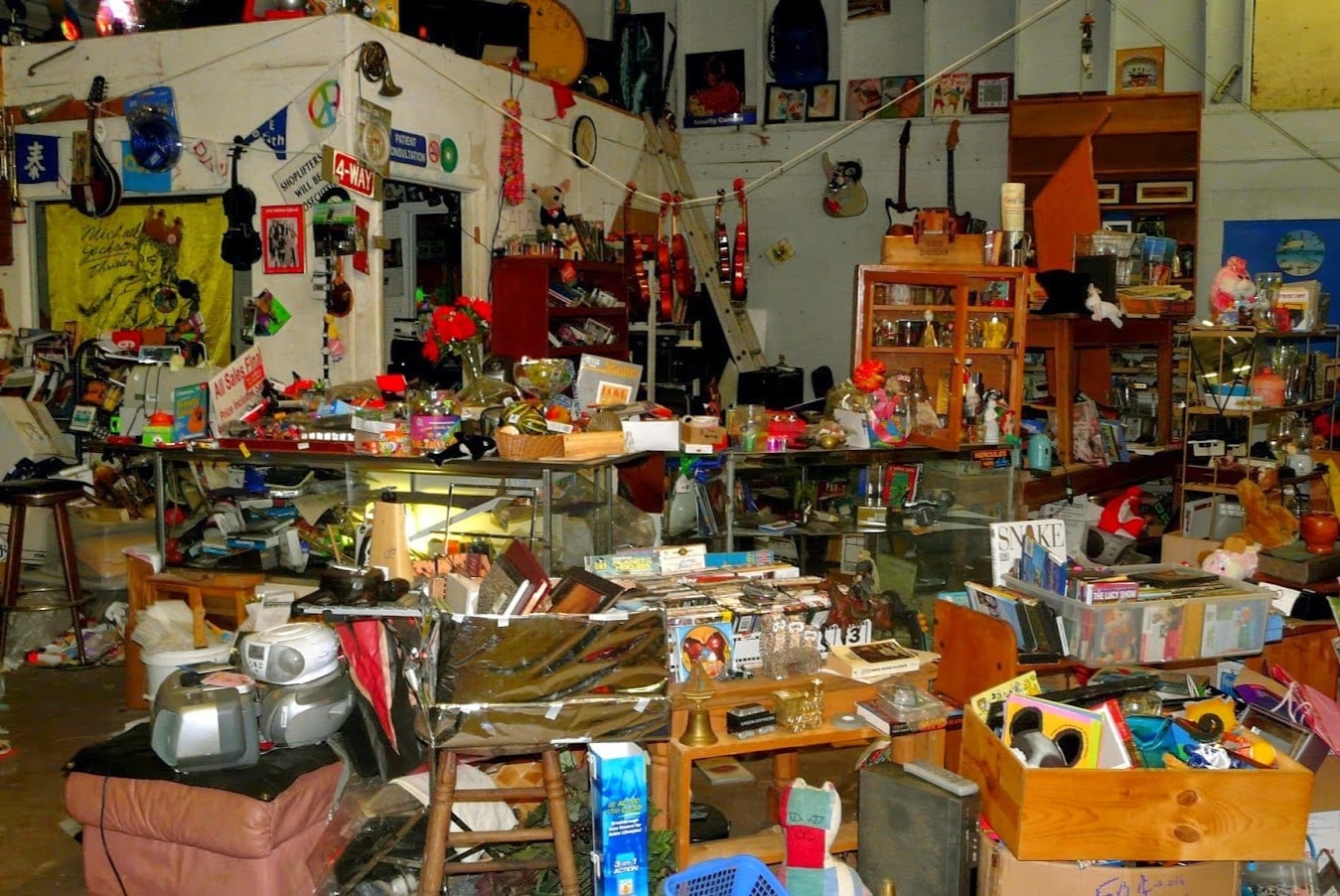

Interior Design Trends
How To Organize A Junk Room
Published: March 2, 2024
Learn how to transform your cluttered junk room into a stylish and functional space with the latest interior design trends. Get expert tips and ideas to organize and revamp your home.
(Many of the links in this article redirect to a specific reviewed product. Your purchase of these products through affiliate links helps to generate commission for Storables.com, at no extra cost. Learn more)
Assessing the Junk Room
So, you've got a junk room that's been driving you crazy, and you're ready to tackle it head-on. The first step in organizing a junk room is to assess the situation. Take a good look at the space and ask yourself some important questions. What items are currently in the room? What is the main purpose of the room? What are the biggest challenges in the space? By understanding the current state of the room, you can start to form a plan of action for decluttering and organizing.
- Take inventory of the items in the room. Make a list of everything that's in there, and be honest about whether each item is useful or just taking up space.
- Consider the layout and flow of the room. Are there any obstacles or areas that are particularly cluttered?
- Identify the main purpose of the room. Is it a storage space, a home office, a craft room, or something else?
- Assess the condition of the items in the room. Are there things that are broken, outdated, or no longer needed?
By taking the time to thoroughly assess the junk room, you'll gain valuable insights that will guide you through the decluttering and organizing process.
Key Takeaways:
- Assess the junk room by listing items, identifying its purpose, and evaluating its condition. This will guide you in creating a plan to declutter and organize effectively.
- Declutter ruthlessly, sort items into categories, and focus on keeping the essentials. Implement creative storage solutions to maximize space and maintain an organized and functional junk room.
Read more: How To Organize A Junk Drawer
Decluttering and Sorting
Now that you've assessed the junk room, it's time to roll up your sleeves and get to work on decluttering and sorting through the chaos. This step is crucial for creating a more organized and functional space. Here's how to tackle the decluttering and sorting process:
-
Start with a clean slate: Clear out the entire room, if possible, so you can see the space without any distractions. This will help you visualize the potential of the room and make it easier to decide what stays and what goes.
-
Sort items into categories: Create designated piles or areas for different categories of items, such as keep, donate, recycle, and trash. This will help you stay organized and make it easier to see how much you have of each category.
-
Be ruthless: When deciding what to keep, ask yourself if each item is truly necessary or if it's just adding to the clutter. If you haven't used or thought about an item in the past year, it might be time to let it go.
-
Consider the 80/20 rule: The 80/20 rule suggests that we only use about 20% of our belongings 80% of the time. Keep this in mind as you declutter and focus on keeping the items that fall into that 20%.
-
Take it one step at a time: Decluttering can be overwhelming, especially in a junk room. Break the process down into smaller tasks and focus on one area or category at a time. This will make the task more manageable and less daunting.
By decluttering and sorting through the items in the junk room, you'll be able to clear out the unnecessary items and make room for a more organized and functional space.
Creating Storage Solutions
When it comes to organizing a junk room, creating effective storage solutions is key to maintaining a clutter-free space. Here are some practical and creative ways to maximize storage in your junk room:
-
Utilize Vertical Space: Install shelves or wall-mounted storage units to take advantage of vertical space. This can help free up floor space and keep items off the ground.
-
Invest in Storage Furniture: Consider furniture pieces that double as storage, such as ottomans with hidden compartments, coffee tables with built-in shelves, or storage benches. These multi-functional pieces can provide hidden storage while serving a practical purpose in the room.
-
Use Clear Containers: Opt for clear storage containers to easily see the contents without having to open each one. Label the containers for quick identification of items and stack them to save space.
-
Maximize Closet Space: If the junk room has a closet, make the most of it by installing closet organizers, hanging shelves, or over-the-door storage solutions. This can help keep items neatly organized and out of sight.
-
Create a Pegboard Wall: Install a pegboard on a wall to hang tools, craft supplies, or other items with hooks and baskets. This customizable storage solution can keep frequently used items within reach and off the floor.
-
Repurpose Furniture: Get creative with repurposing old furniture for storage. For example, an old dresser can be used to store craft supplies, tools, or small household items. With a fresh coat of paint and some new hardware, it can become a stylish and functional storage piece.
-
Install Ceiling Storage: If the ceiling height allows, consider installing overhead storage racks or hanging shelves to store seasonal items, luggage, or other infrequently used belongings.
By implementing these storage solutions, you can effectively organize the items in the junk room and create a more functional and visually appealing space.
Start by decluttering the room and sorting items into keep, donate, and toss piles. Then, invest in storage solutions like shelves, bins, and baskets to keep everything organized and easily accessible.
Repurposing and Recycling
Repurposing and recycling items in the junk room is not only a sustainable approach but also a creative way to breathe new life into old belongings. Here are some innovative ideas for repurposing and recycling items in your junk room:
-
Upcycling Furniture: Give old, worn-out furniture a fresh look by upcycling it. Sand down wooden pieces, apply a new coat of paint or stain, and add decorative hardware to transform them into stylish and functional pieces for the room.
-
DIY Storage Solutions: Get crafty and repurpose everyday items into unique storage solutions. For example, turn old crates into wall-mounted shelves, use mason jars to store small items, or repurpose a ladder into a stylish blanket or towel rack.
-
Reuse Containers: Instead of throwing away empty containers, such as coffee cans, glass jars, or plastic tubs, repurpose them for storage. They can be used to organize small items like screws, buttons, or art supplies, reducing clutter and keeping items easily accessible.
-
Creative Art Projects: Use old fabric scraps, broken jewelry, or outdated decor items to create unique art pieces. Frame fabric remnants as wall art, repurpose jewelry into decorative accents, or create a mosaic from broken tiles or dishes for a personalized touch in the room.
-
Donation and Recycling: Items that are no longer needed but still in good condition can be donated to local charities or thrift stores. Additionally, materials like paper, cardboard, glass, and metal can be recycled to reduce waste and environmental impact.
By repurposing and recycling items from the junk room, you can not only reduce clutter but also unleash your creativity and contribute to a more sustainable and organized living space.
Maintaining the Organized Space
Maintaining an organized space is essential to prevent the junk room from reverting to its cluttered state. Once you've invested the time and effort into decluttering and organizing, it's important to establish habits and systems that will help sustain the newfound order. Here's how to maintain the organized space effectively:
-
Daily Maintenance: Dedicate a few minutes each day to tidy up the room. Put items back in their designated places, clear any surface clutter, and address any messes promptly. Consistent daily maintenance can prevent small issues from snowballing into a disorganized mess.
-
Weekly Check-ins: Set aside time each week to assess the state of the room. Take a quick inventory of the items, check for any signs of clutter accumulation, and make necessary adjustments. This regular check-in can help you stay on top of maintaining the organization.
-
Revisit the Decluttering Process: Periodically revisit the decluttering process to reassess the items in the room. Over time, new items may accumulate, and it's important to evaluate whether they align with the purpose of the room and your organizational goals.
-
Implement Organizational Systems: Establish clear organizational systems for different categories of items in the room. Use labels, storage containers, and designated areas to keep everything in order. Encourage household members to follow the systems to maintain consistency.
-
Avoid Impulse Purchases: Be mindful of bringing new items into the room. Before acquiring something new, consider if it serves a purpose, aligns with the room's function, and has a designated place. This mindful approach can prevent unnecessary clutter.
-
Regular Deep Cleaning: Schedule regular deep cleaning sessions to dust, vacuum, and maintain the overall cleanliness of the room. A clean environment can enhance the sense of order and make it more inviting to use the space.
By incorporating these maintenance practices into your routine, you can ensure that the organized space remains functional, visually appealing, and free from the chaos that initially led to the creation of a junk room.
Frequently Asked Questions about How To Organize A Junk Room
Was this page helpful?
At Storables.com, we guarantee accurate and reliable information. Our content, validated by Expert Board Contributors, is crafted following stringent Editorial Policies. We're committed to providing you with well-researched, expert-backed insights for all your informational needs.
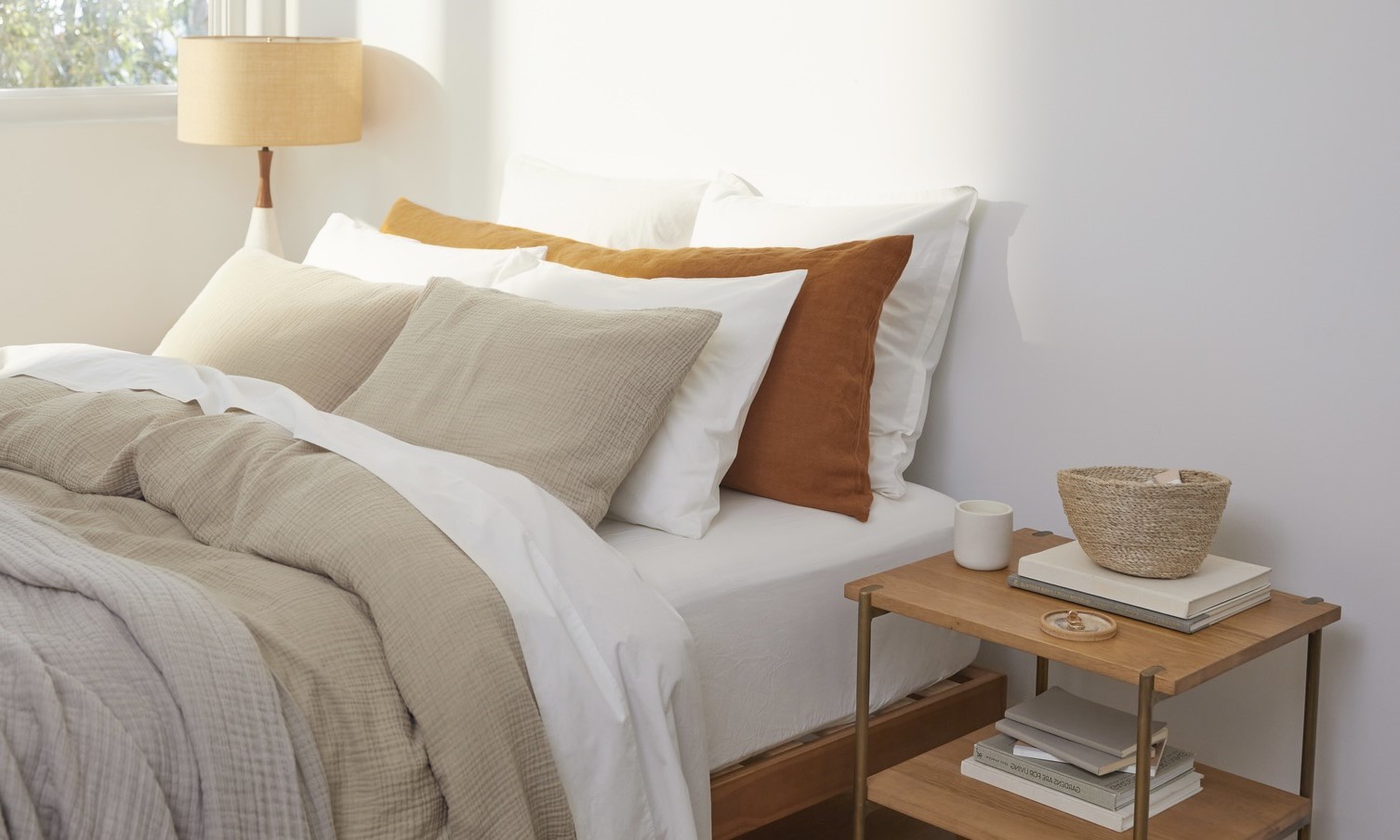
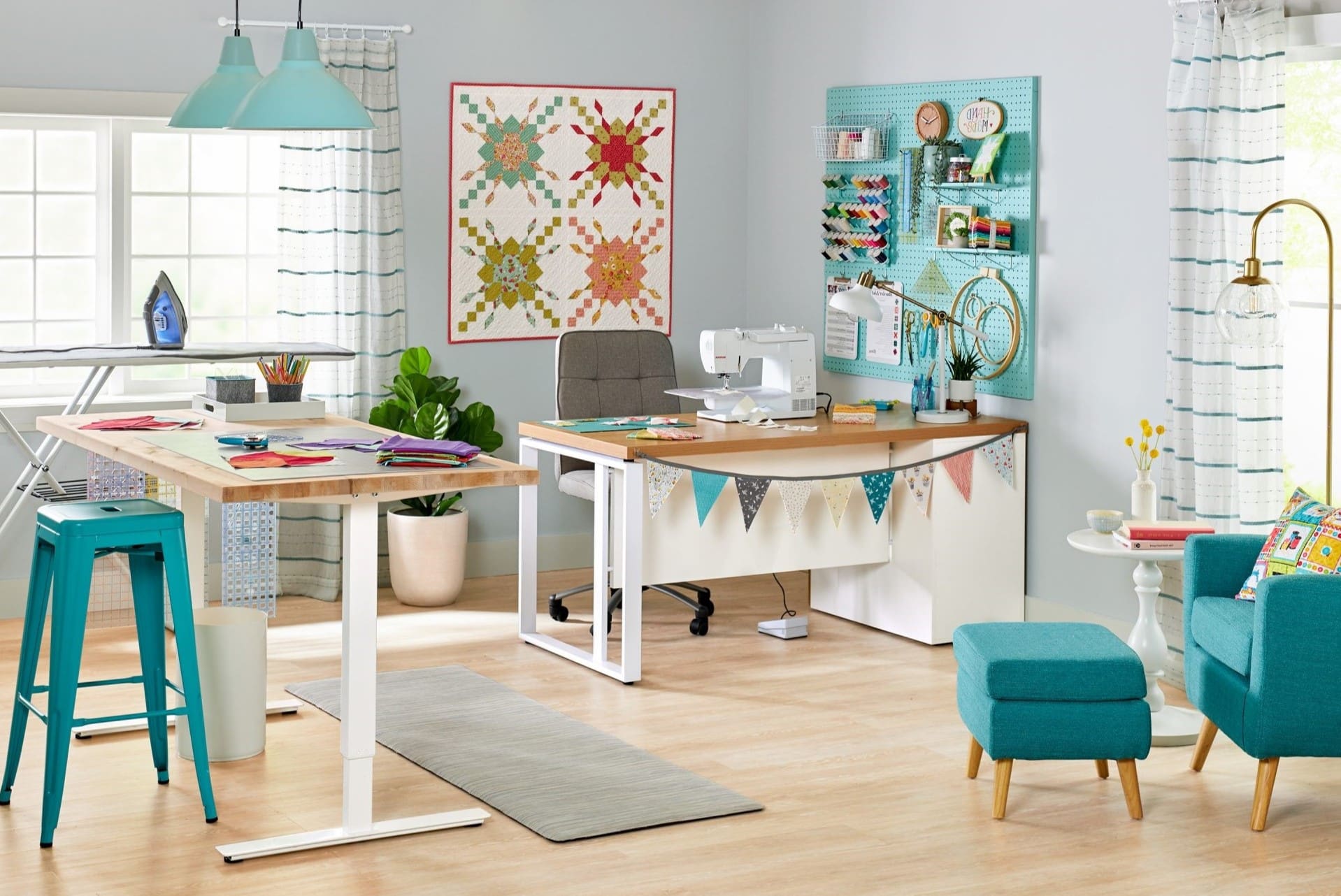
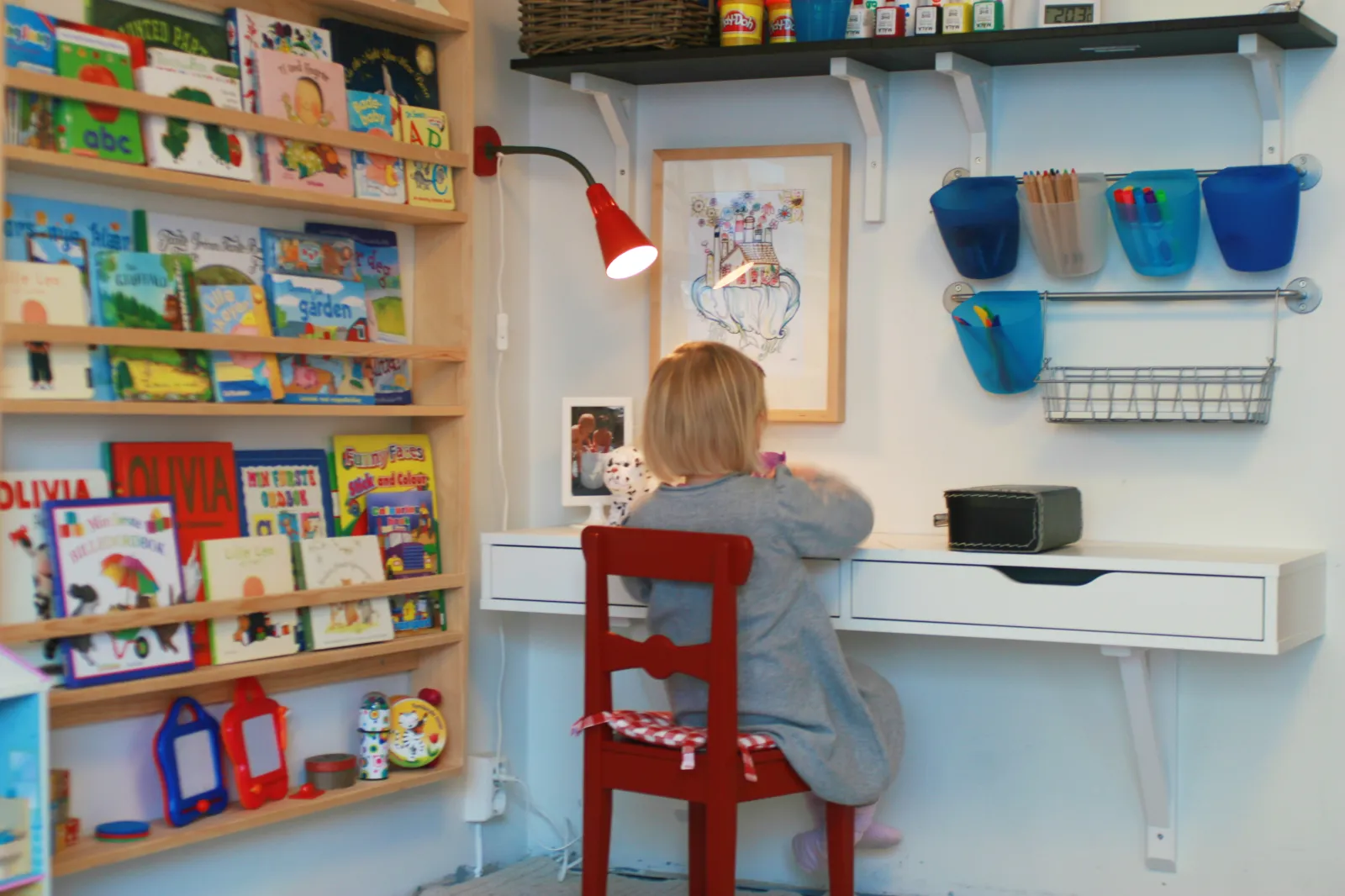
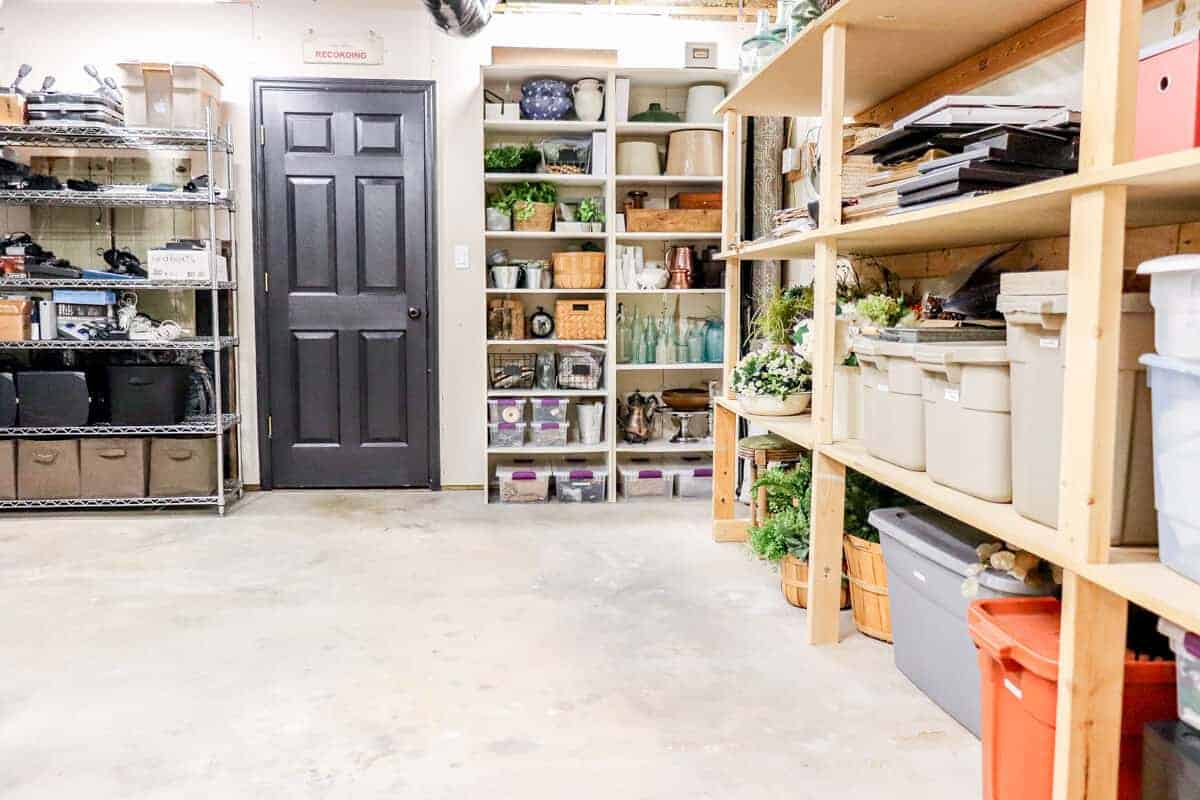
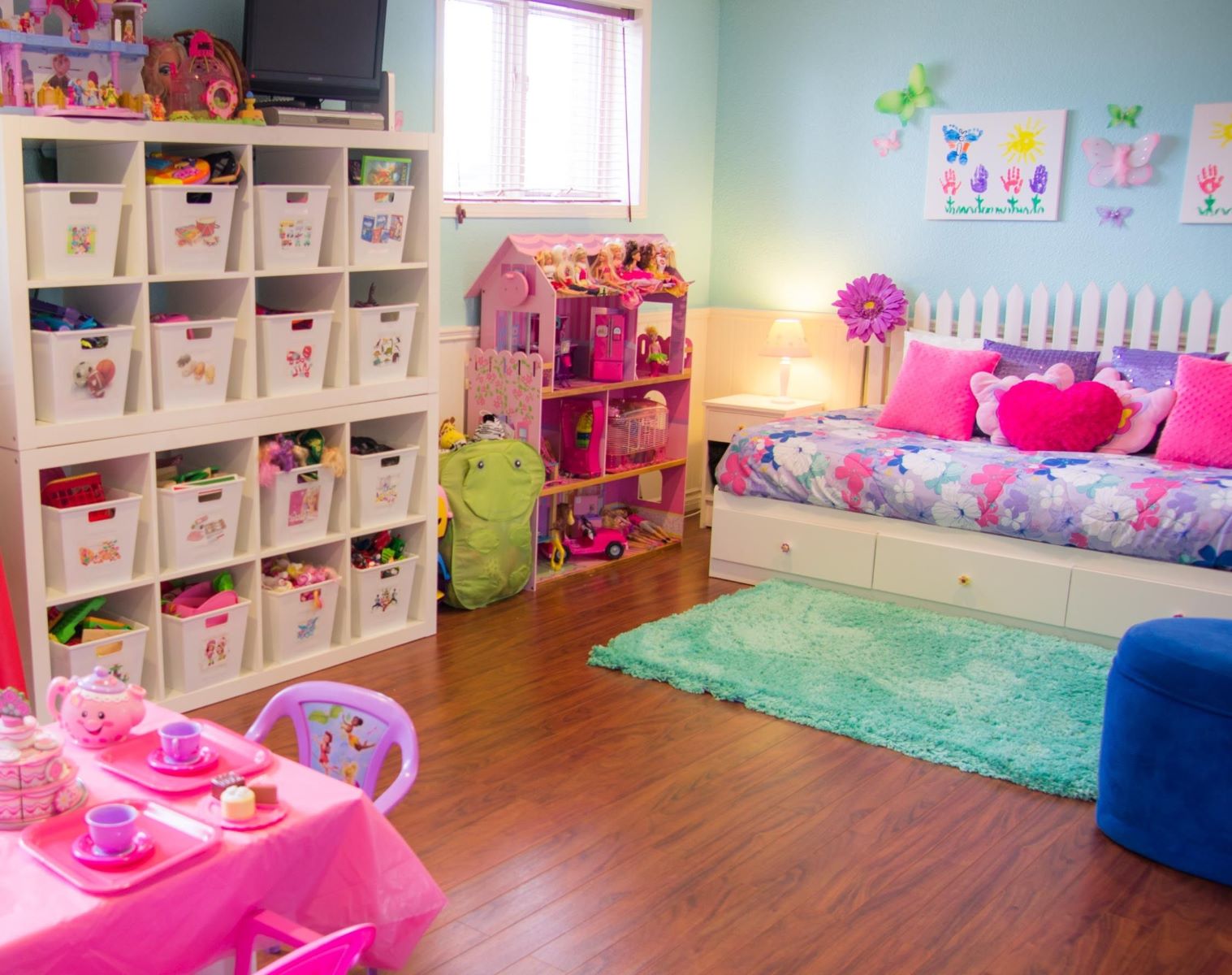
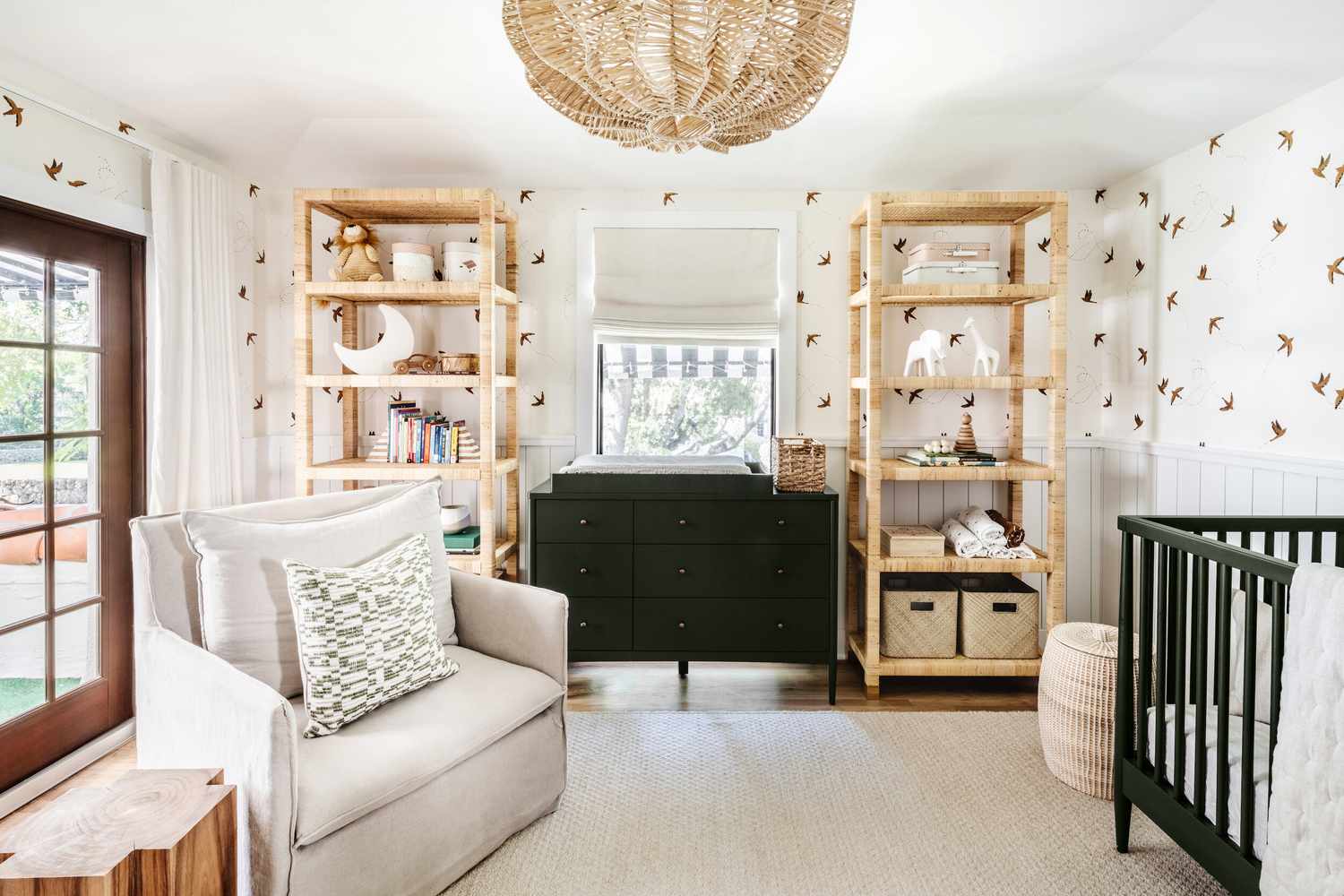
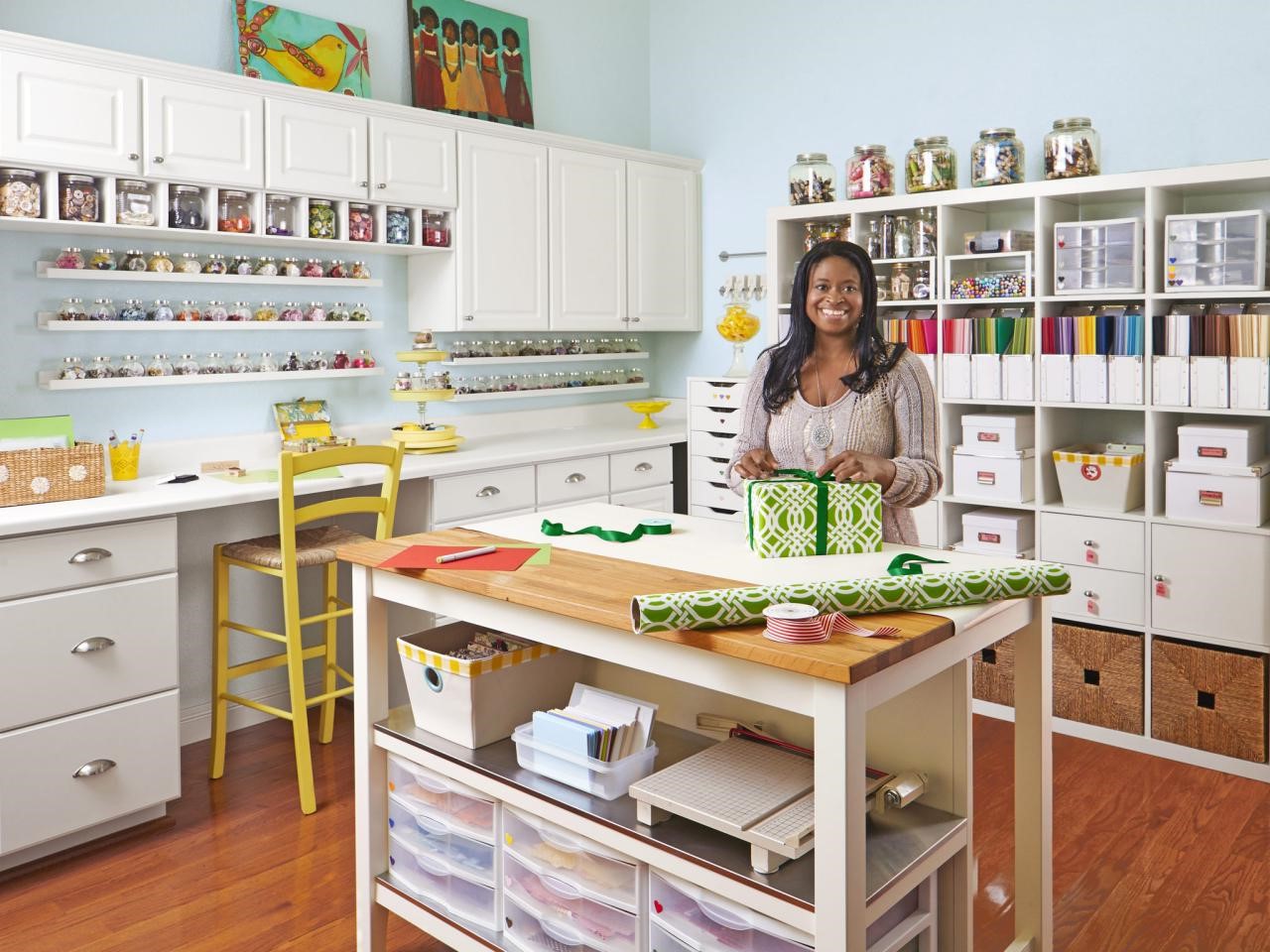
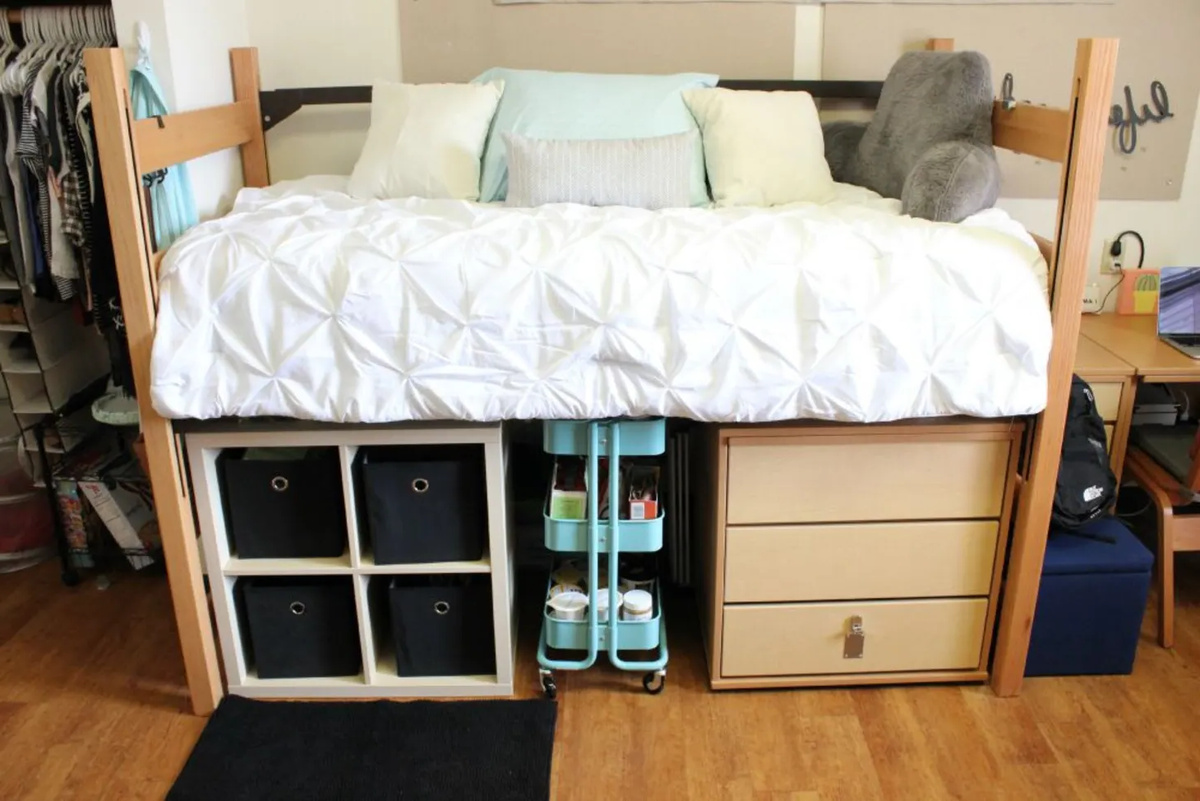
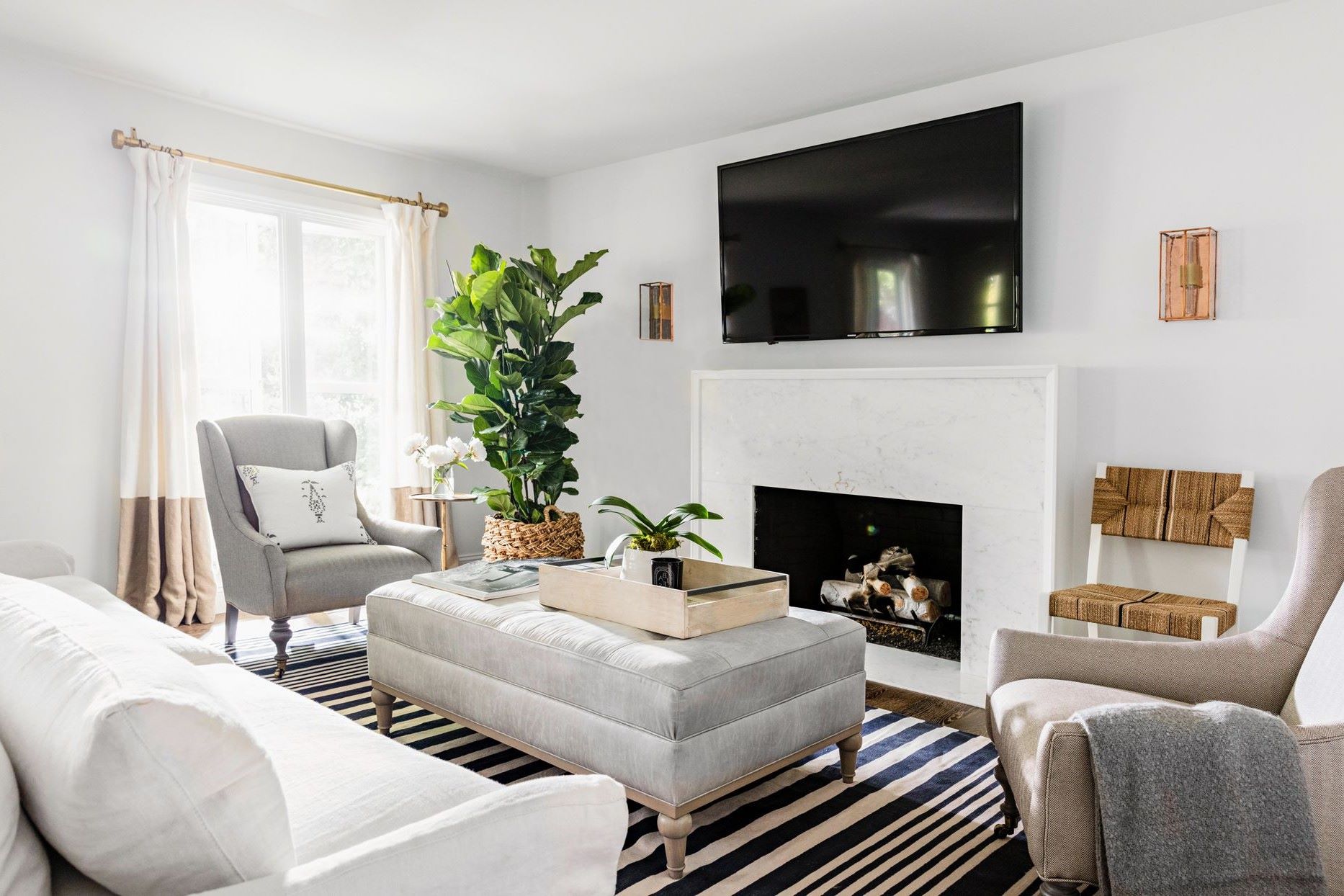
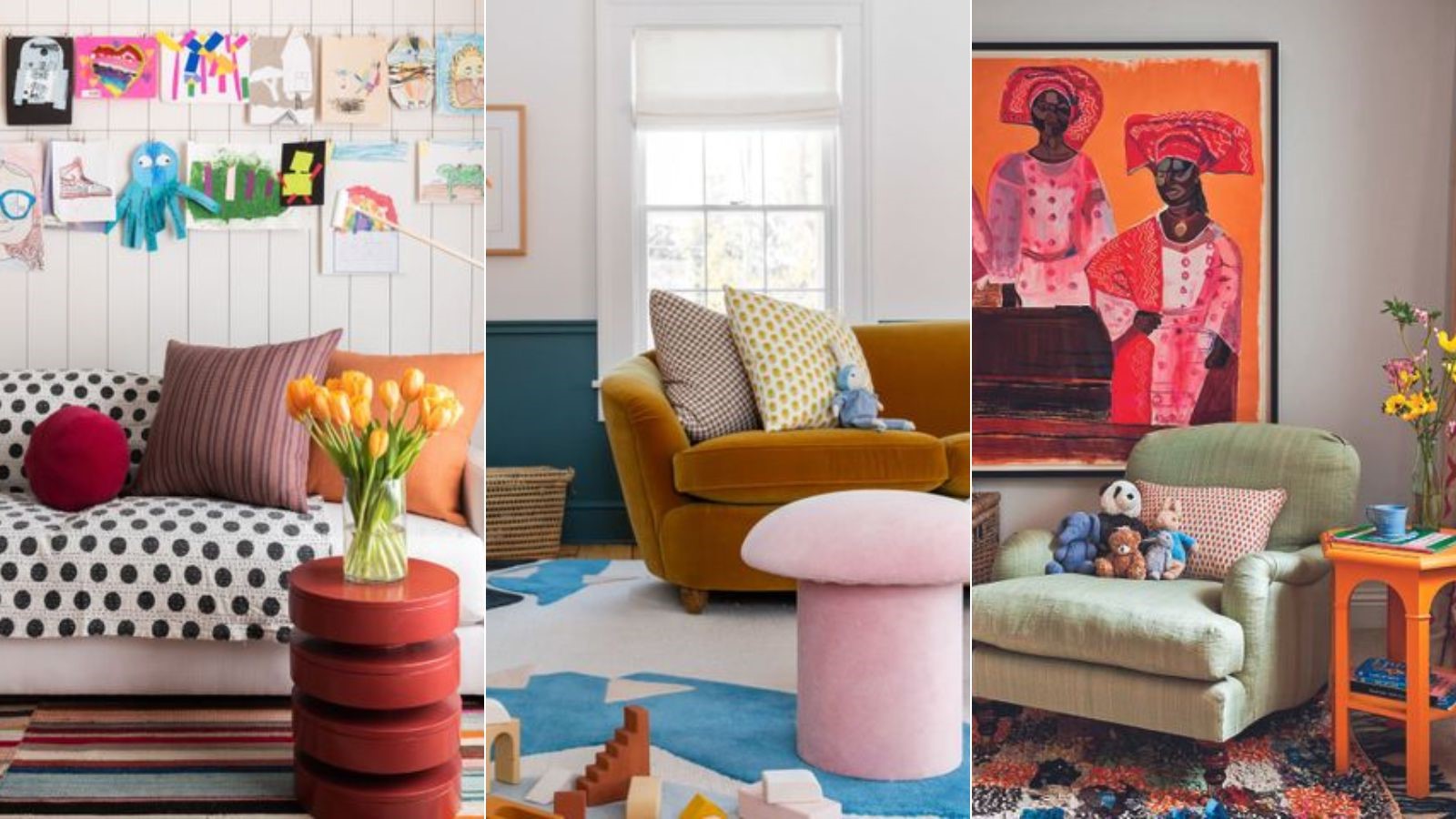
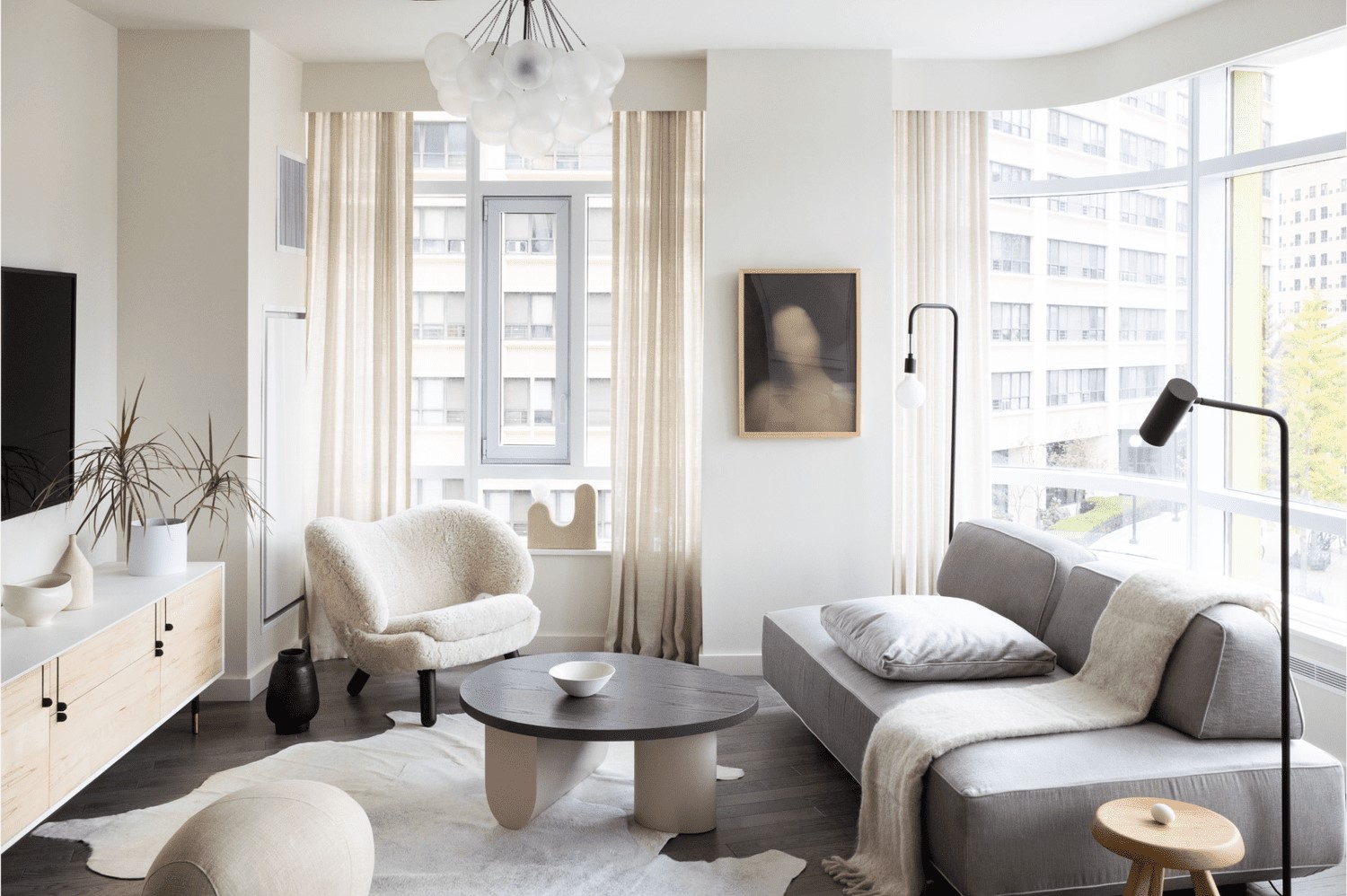
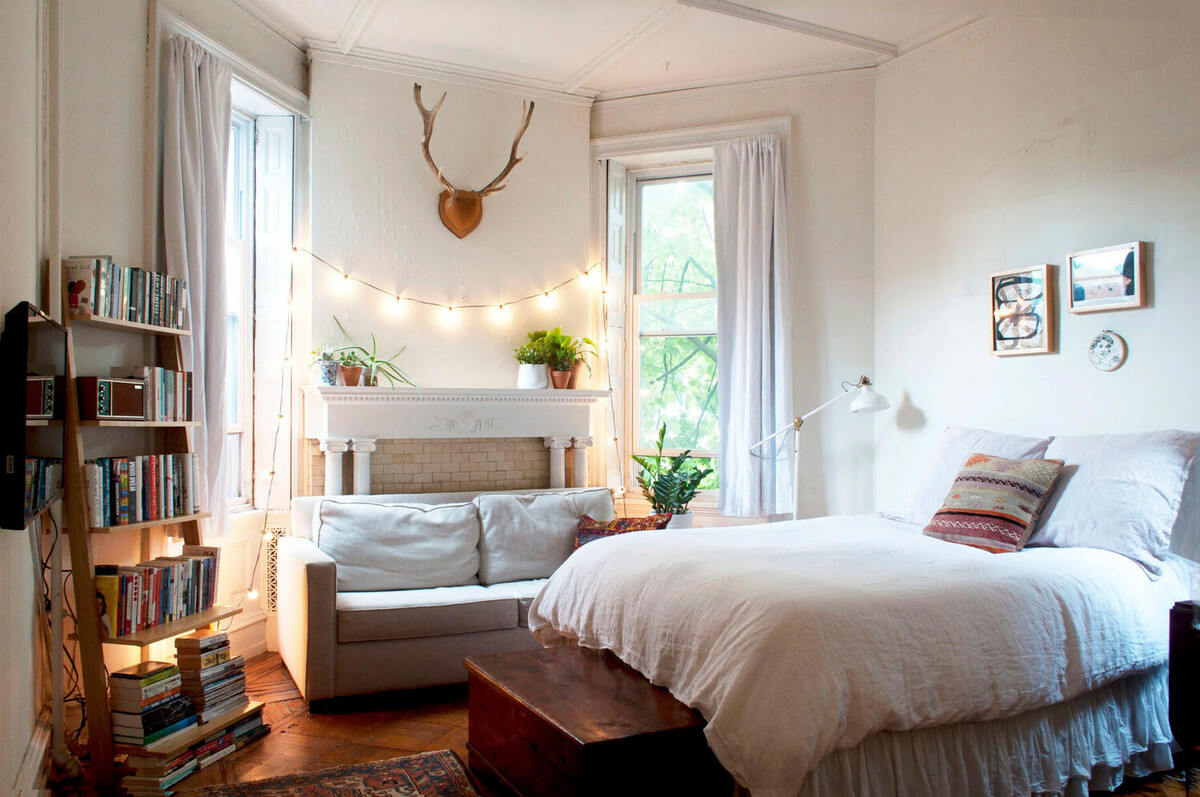
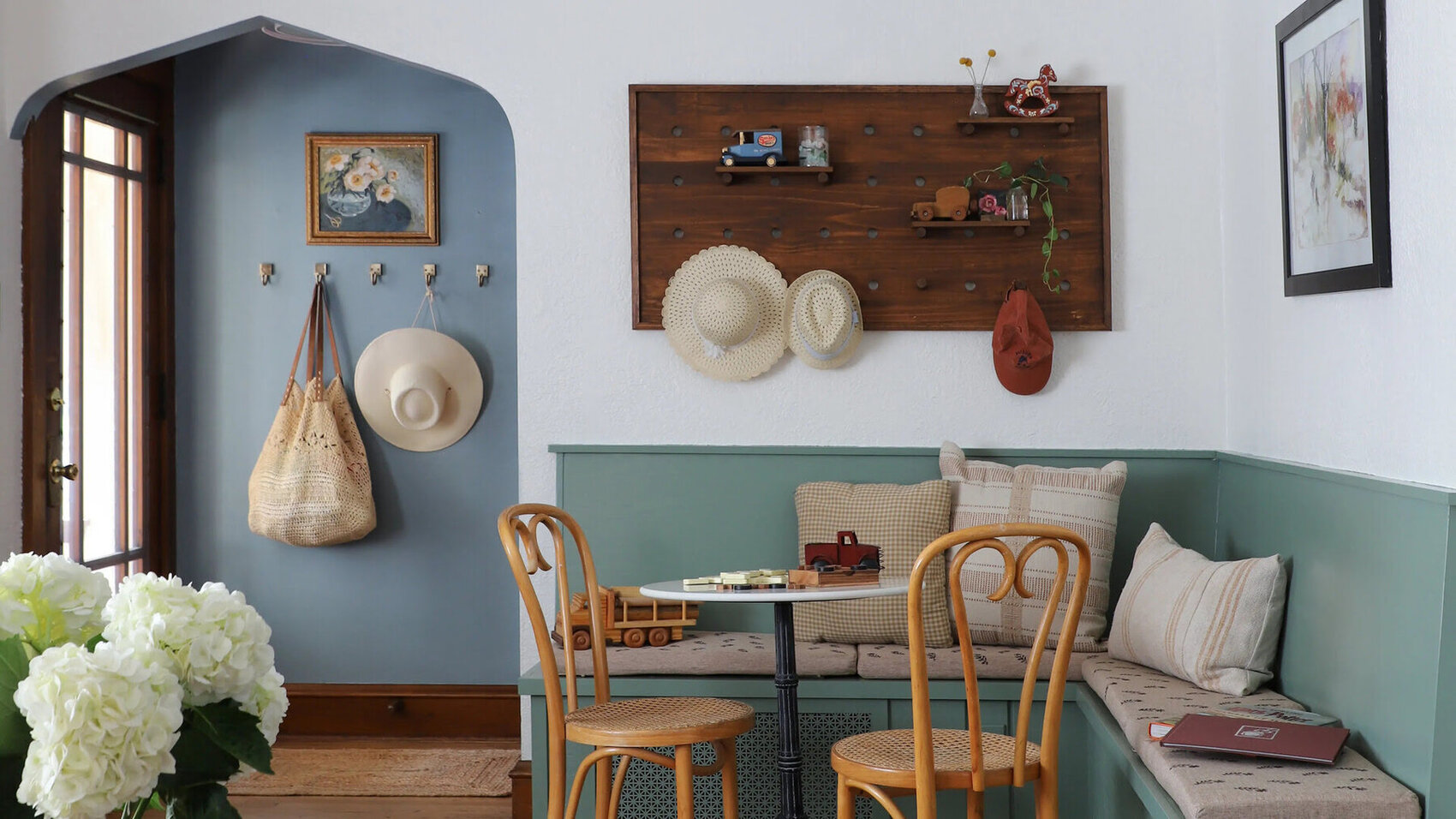
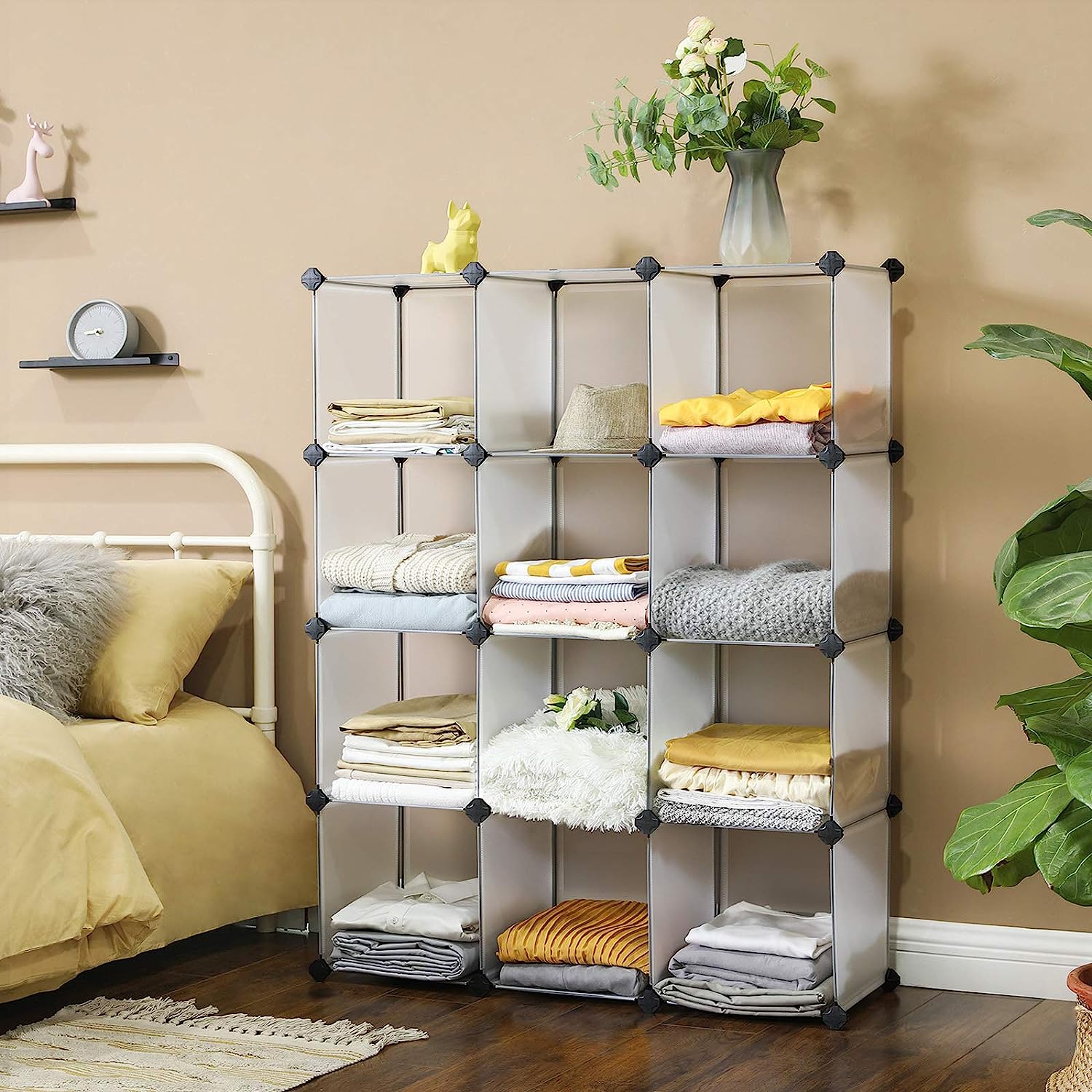
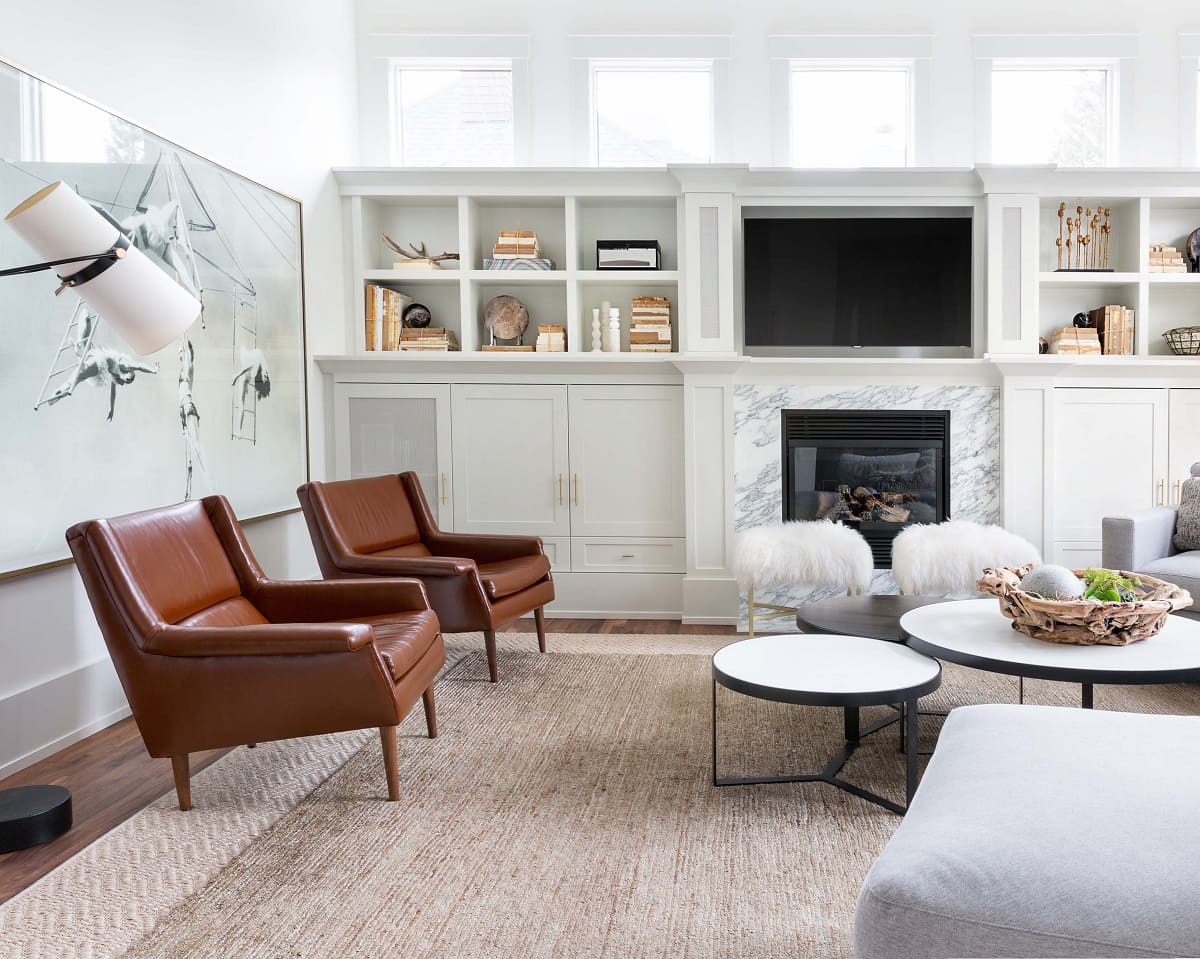

0 thoughts on “How To Organize A Junk Room”